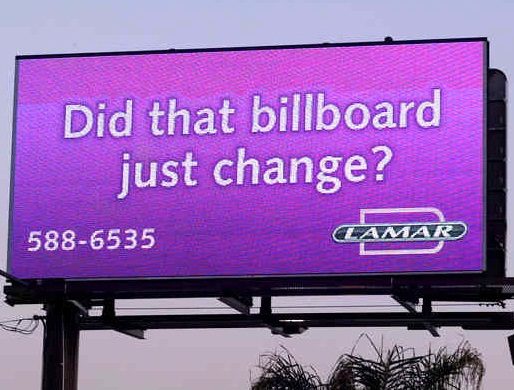The first comprehensive review of the Federal Highway Administration’s (FHWA) digital billboard safety study says the study’s conclusions are seriously flawed.
The critique by the Veridian Group, first publicized in the newsletter of the Eno Center for Transportation, says FHWA’s study, published in 2013, fails at its principal task of determining whether digital billboards pose a risk to traffic safety.
 The Veridian Group’s critique has been independently peer reviewed by 14 international experts in human factors and traffic safety. Download the critique as a PDF here
The Veridian Group’s critique has been independently peer reviewed by 14 international experts in human factors and traffic safety. Download the critique as a PDF here
“Rather than providing a justifiable direction for Federal policy regarding [digital billboards], the report leaves State and local Governments in limbo because of decisions, errors and internal conflicts that call its findings into question,” the report concludes.
Veridian’s critique found serious concern with FHWA’s report in the following areas:
- • The equipment used was unproven, the researchers were not experienced with it, and the data suffered as a result;
- • The billboards studied by FHWA were dramatically less bright than those studied elsewhere, suggesting they would have attracted less driver attention;
- • The number of billboards included in the data is paltry: 4 digital and 4 static billboards in each of two cities, a total of 16 signs.
- • Unexplained differences between eye glance duration reported in the draft report (which one peer reviewer called ‘not credible’) and those listed in the final report;
- • Other significant and unexplained differences between the draft report released for peer review in 2010 and the final report issued in December 2013.
“For more than a year the billboard industry has been touting FHWA’s study as proof positive that digital billboards do not pose a threat to traffic safety,” said Mary Tracy, president of Scenic America. “With the Veridian critique, we know that the issue of digital billboards and traffic safety is far from settled, and any public agency considering allowing the bright, blinking signs on their roadsides should take this critique into account first.”